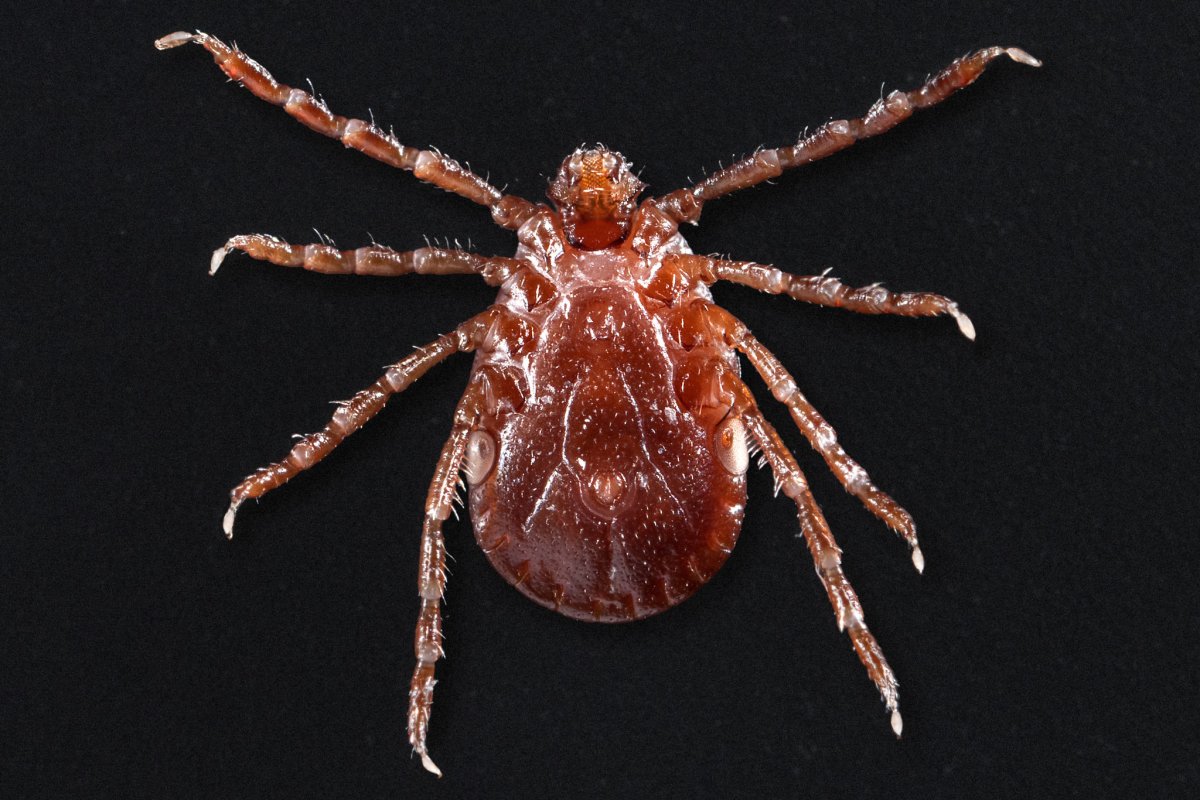A tick previously not found in North America has been spotted in seven U.S. states, including bordering state New York.

The Asian long-horned tick, which lives in parts of Asia and Australia, can carry serious infections, some of which can be deadly.
“The tick has the potential to transmit infections to humans, but none of the ticks tested in North America has been infected,” said Dr. Isaac Bogoch, an infectious disease specialist at Toronto General Hospital. “But they still have the potential.”
READ MORE: Experts predict more Lyme disease in Canada
Are they a threat?
A recent report in the New York Times noted the tick is currently spreading “rapidly” along the Eastern Seaboard, and has been found in heavily populated suburbs of New York City.
These ticks also reproduce on their own — experts note after a meal, a female Asian long-horned tick can lay hundreds of eggs without mating.

And while they are still considered a potential threat to humans, Bogoch explained they are a bigger threat to livestock.
“They feed heavily on livestock that can result in blood loss,” he continued. “Many ticks can attach themselves to livestock at the same time.”

Get weekly health news
The infections
Even in Asia and Australia, many of the ticks don’t carry infections, Bogoch said, but when they do, it can be deadly.
One of the infections is a relative of Lyme disease, a concern Canadian health officials are still dealing with this summer.
READ MORE: Woman removes 85 ticks from her dog after a walk — how to keep pets safe
But again, he stressed, less than one per cent of Asian long-horned ticks in Asia actually have the syndrome, and it is not found in Australia either.
Not a concern yet
And because they are so new to North American climates, Bogoch said it is hard to pinpoint when and if Asian long-horned ticks will make their way into Canada. “It’s too soon to know but eyebrows go up when we have a new species in North America that has the potential to transmit infections to humans,” he continued. “Luckily, none of these ticks have any infections.”
The concern right now is a tick that carries Lyme disease, he adds, which he predicts will continue to spread across regions of Canada. “Ticks and other insects don’t care about boundaries.”
READ MORE: Ticks don’t just carry Lyme disease. What you should know about Powassan virus
As of now, he adds, the impact of them in North America is unknown, so they aren’t confirmed threats.
And with ticks in general, the best way to protect yourself is to wear long sleeves, light-coloured clothing and take showers after being in wooded areas that may have ticks.
Ticks are often small, sometimes the size of a poppy seed, so it’s important to check your body (and your pet) thoroughly.
And don’t forget to wash your clothes — even throwing it in the dryer can help kill ticks.
— with files from Leslie Young








Comments